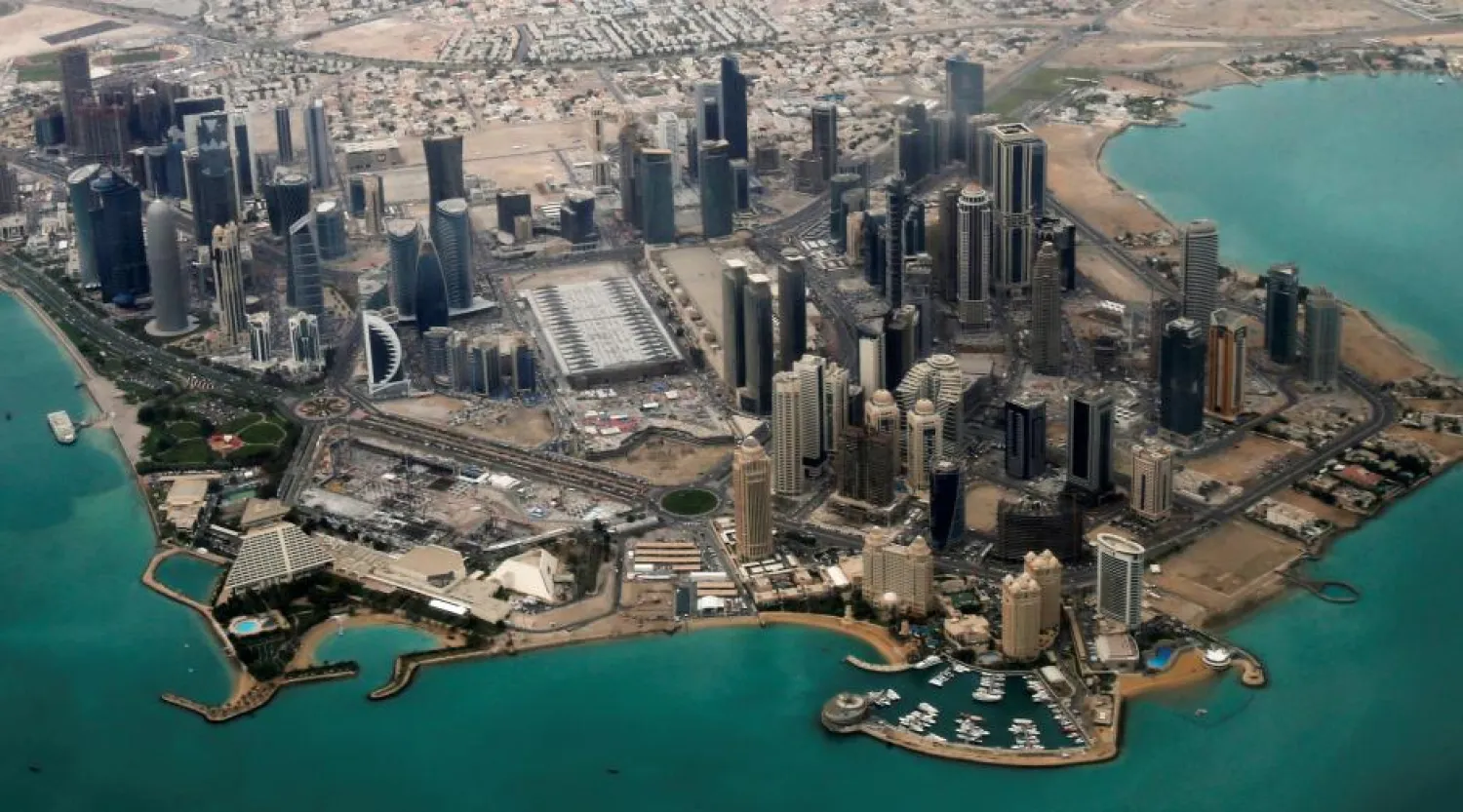Several international economic reports have described Qatar’s current economic status as “threatened to collapse.”
These reports stressed that Qatar’s economy has been facing a very difficult period because investment capitals are not completing their projects and plans; Qatar is heading towards borrowing money despite the rise in the value of foreign debt, which has amounted to 150 percent of the country’s Gross Domestic Product.
The threats that dominate Qatar's economy are not only related to the investment pause, the decline in purchasing power, nor to the limited competitiveness of Doha's air force but they have also reached the gas markets.
International news agencies said that Australia now threats Qatar’s Liquified Natural Gas (LNG) production as it is planning to boost exports of LNG by 16 percent from 2018.
On the other hand, Doha is considering raising at least nine billion dollars from international bond markets as the gas-rich nation boycotted by its neighbors seeks to replenish state coffers, news agencies said.
In June, Moody’s confirmed that Qatar’s credit quality would decline if tensions with its Gulf neighbors continue for much longer, raising the country’s debt ratio and hurting banks’ liquidity.
Amid recent indications that Doha is unable to hide the risks its economy has been facing, Qatar's stock market has been facing in the recent weeks a stage that proves the size of the risks threatening Qatar’s economy with Qatar's index reached its lowest level in five years.
In this context, Qatar’s central bank has added the equivalent of about $19 billion of previously unreported foreign-currency assets to its total reserves in August based on an International Monetary Fund recommendation, a move that helps offset the impact of the Saudi-led embargo.
Doha has also been facing a major crisis in terms of economic slowdown. Official figures show that Qatar's economic growth has hit its worst level since the beginning of the global financial crisis.
In addition, there is a high-risk level of liquidity shortage in local banks amid indicators showing Qatar’s central bank’s inability to continue withdrawing from the foreign deposits for so long; since this reveals the volume of financial threats in which Doha’s government won’t be able to face.









